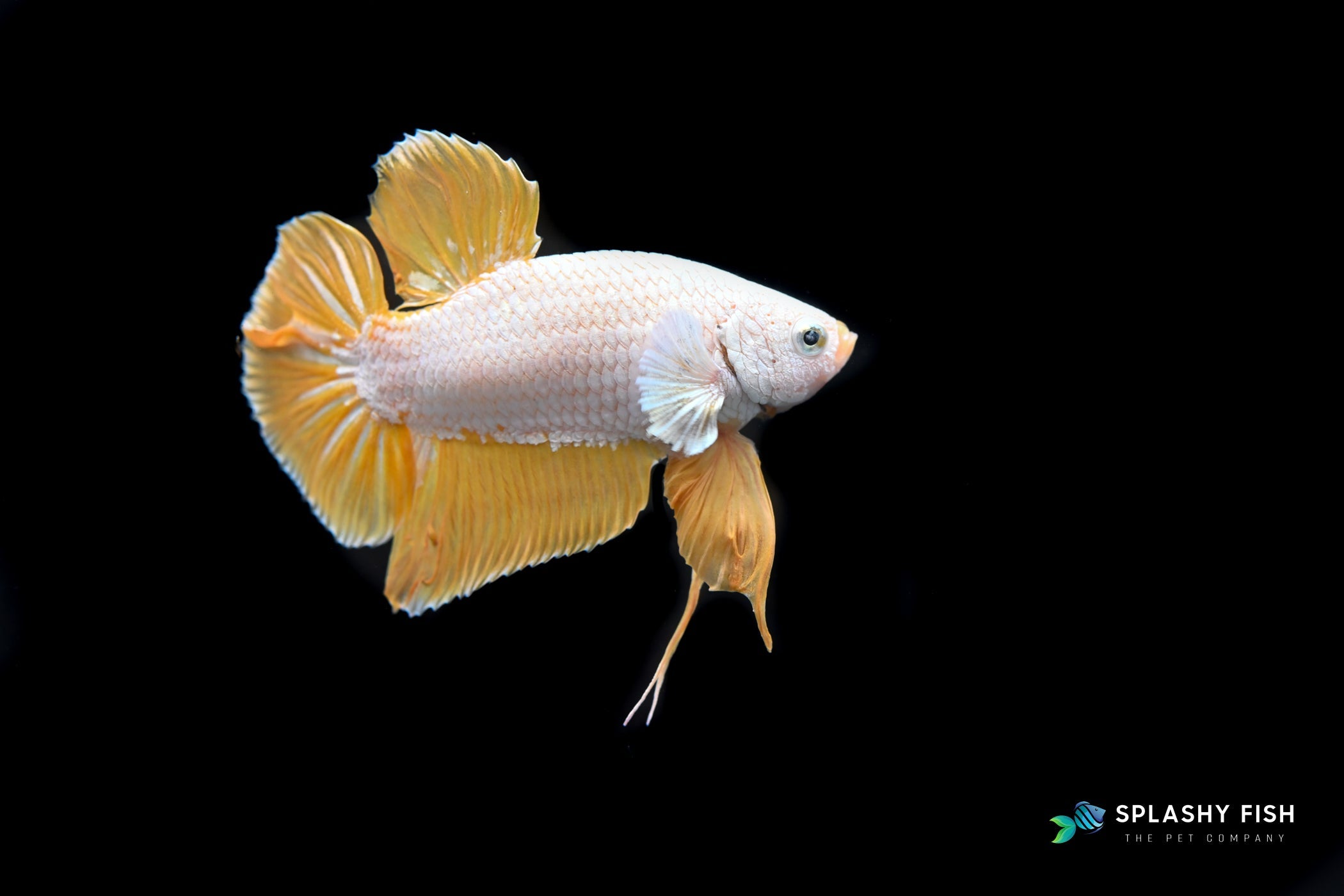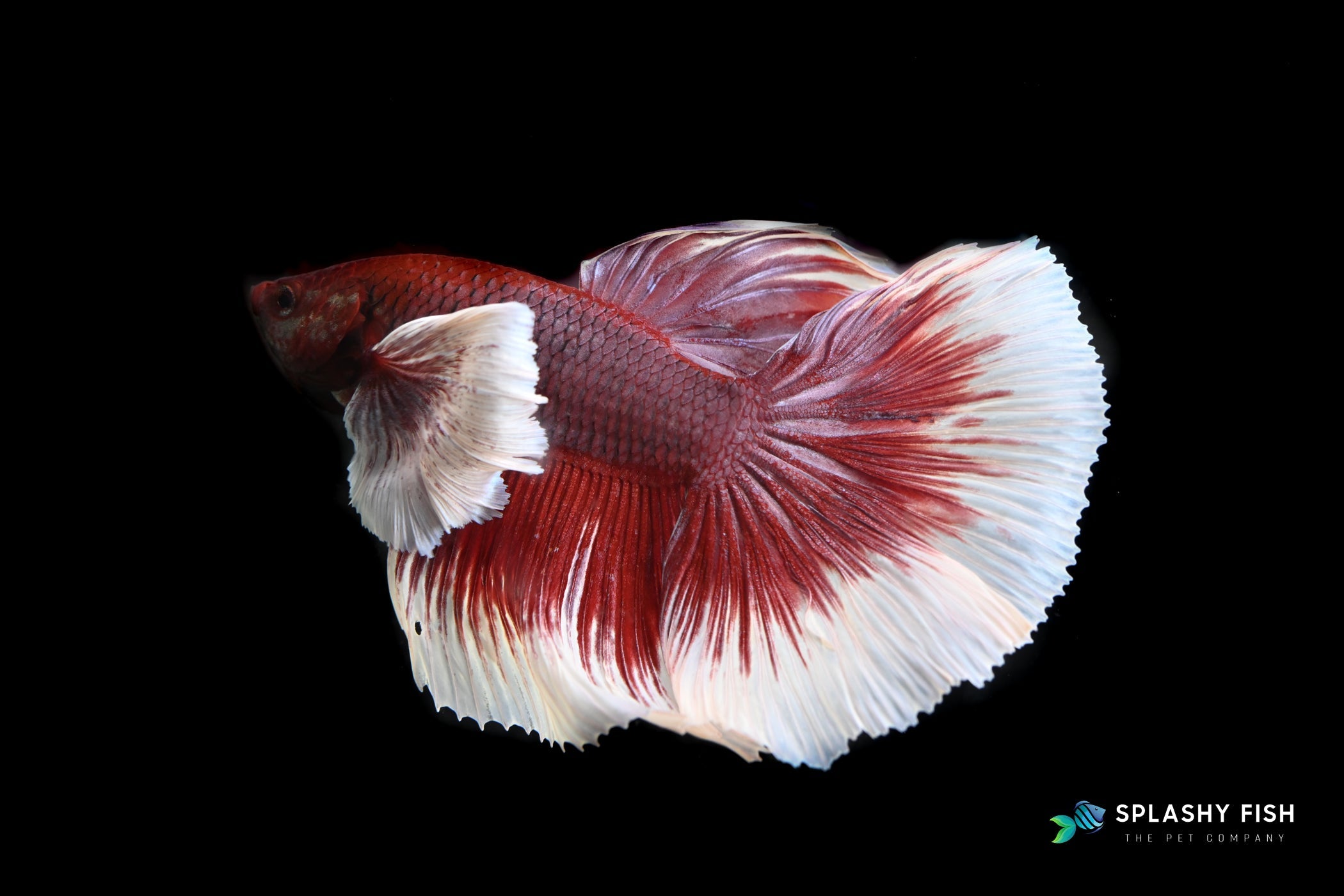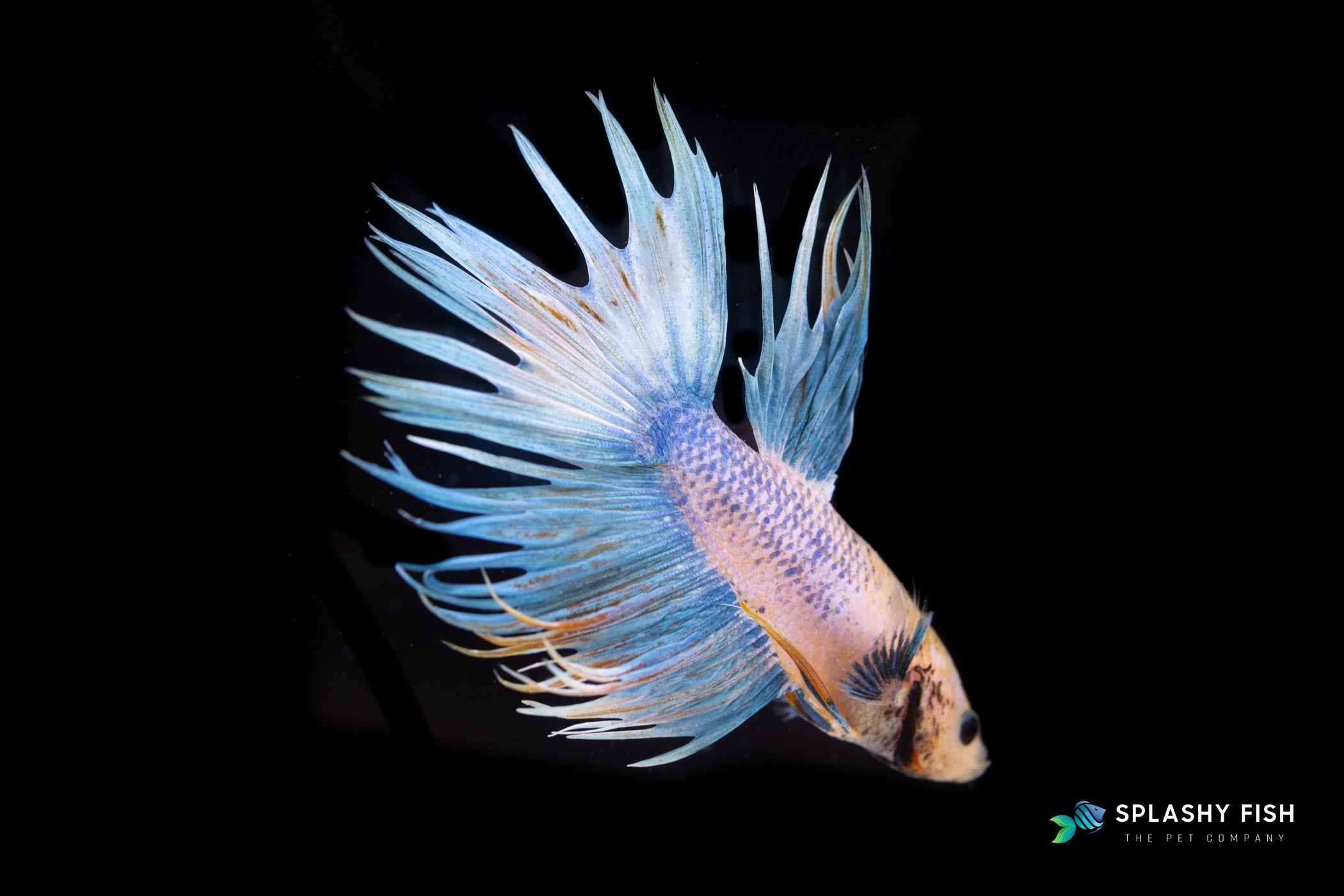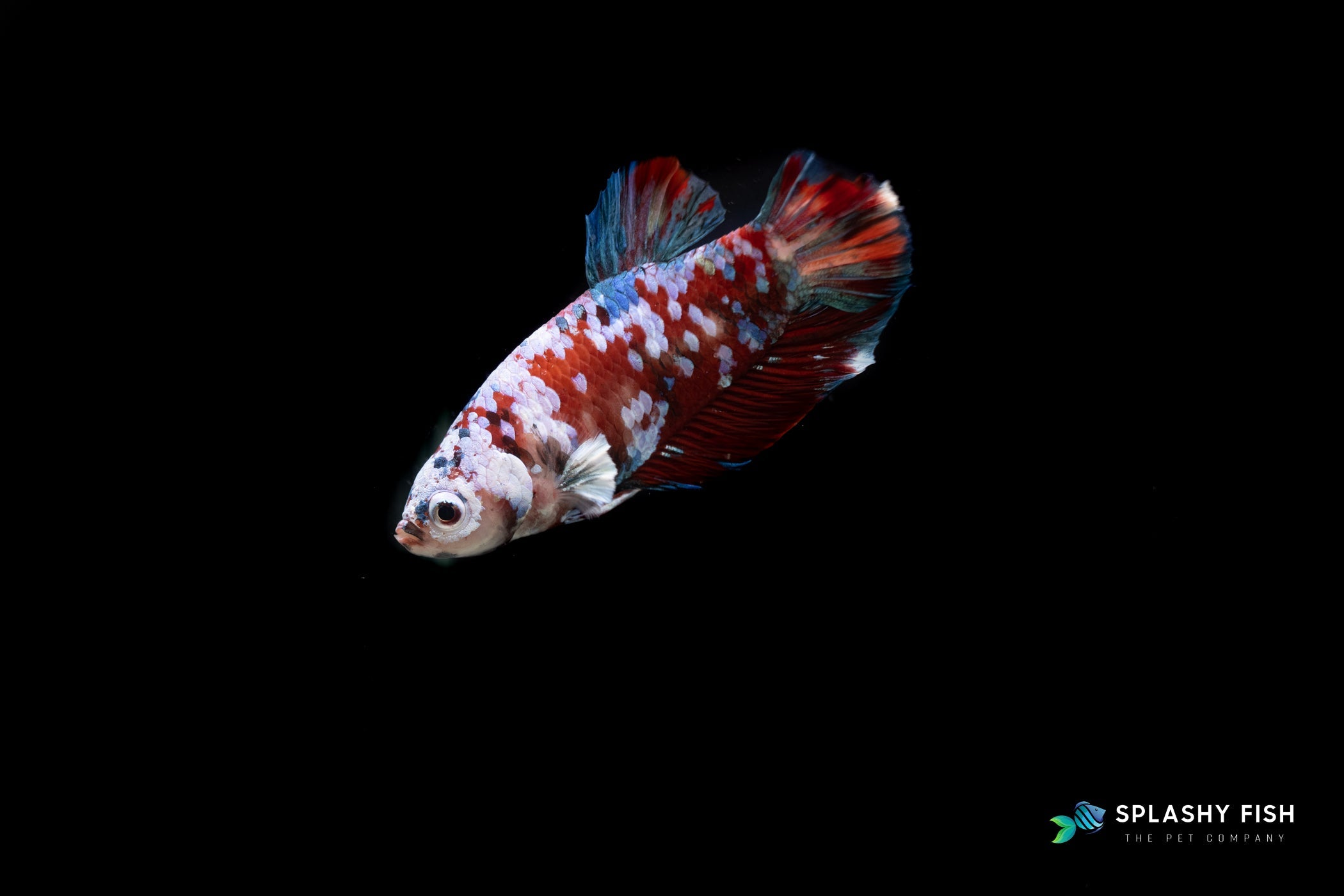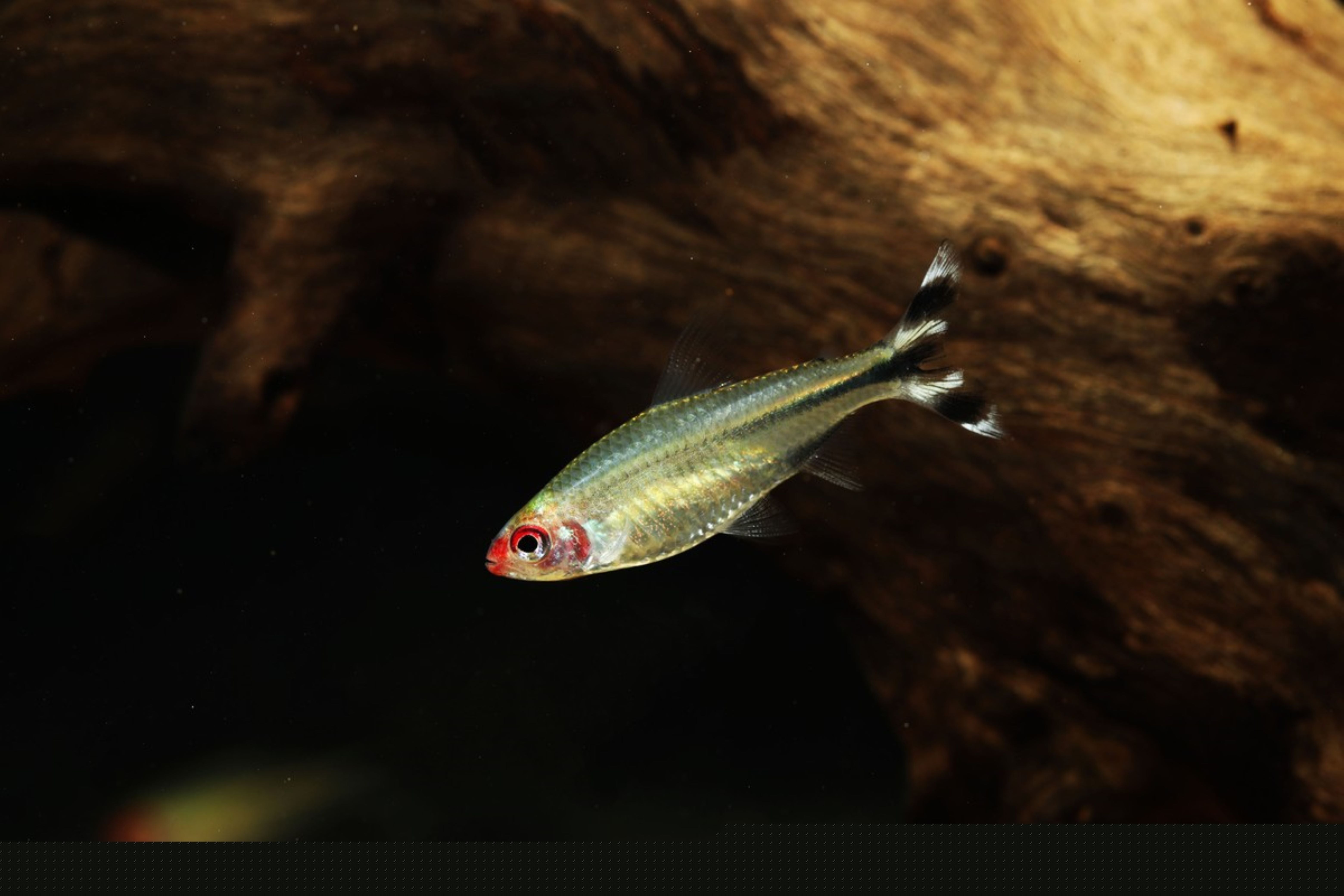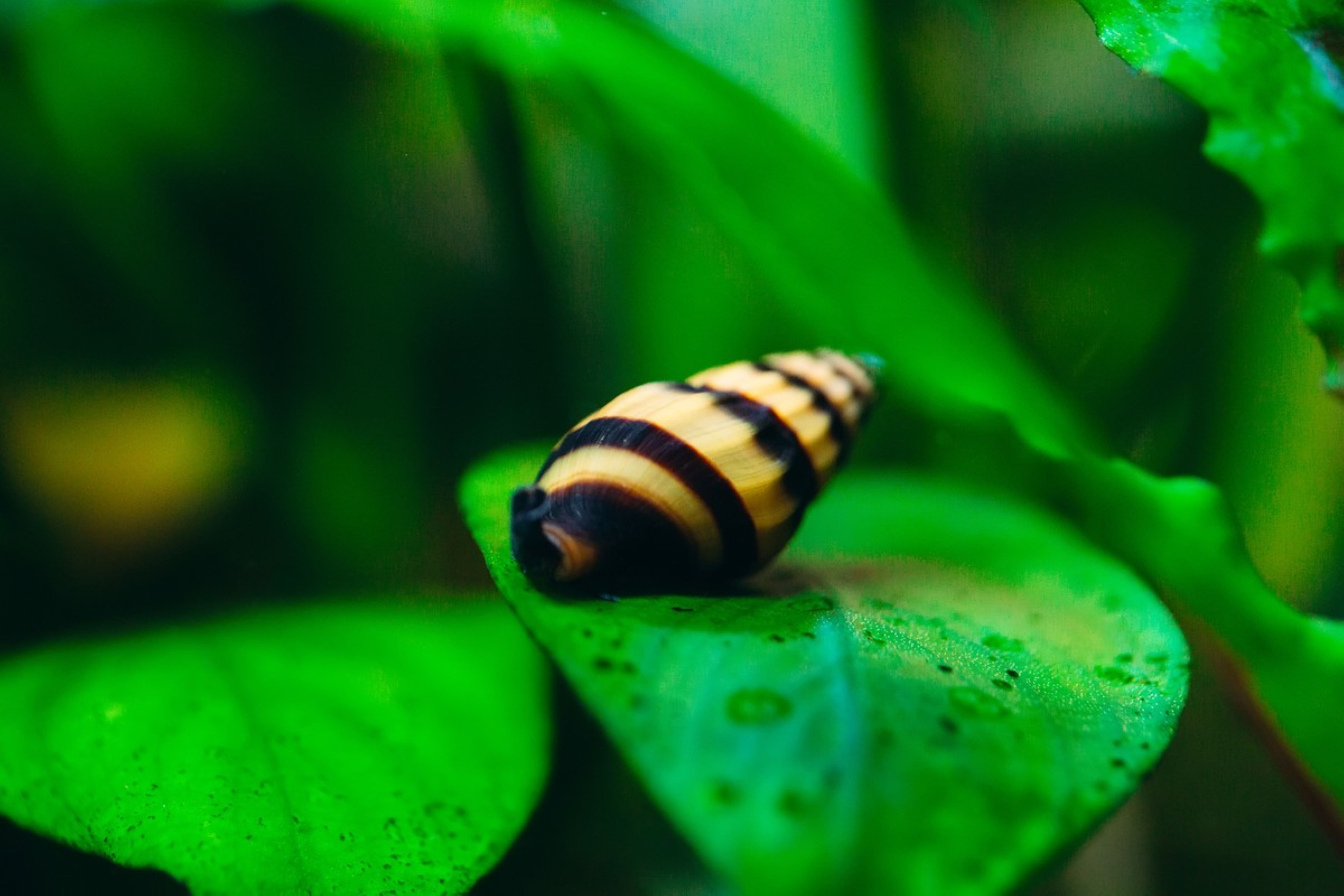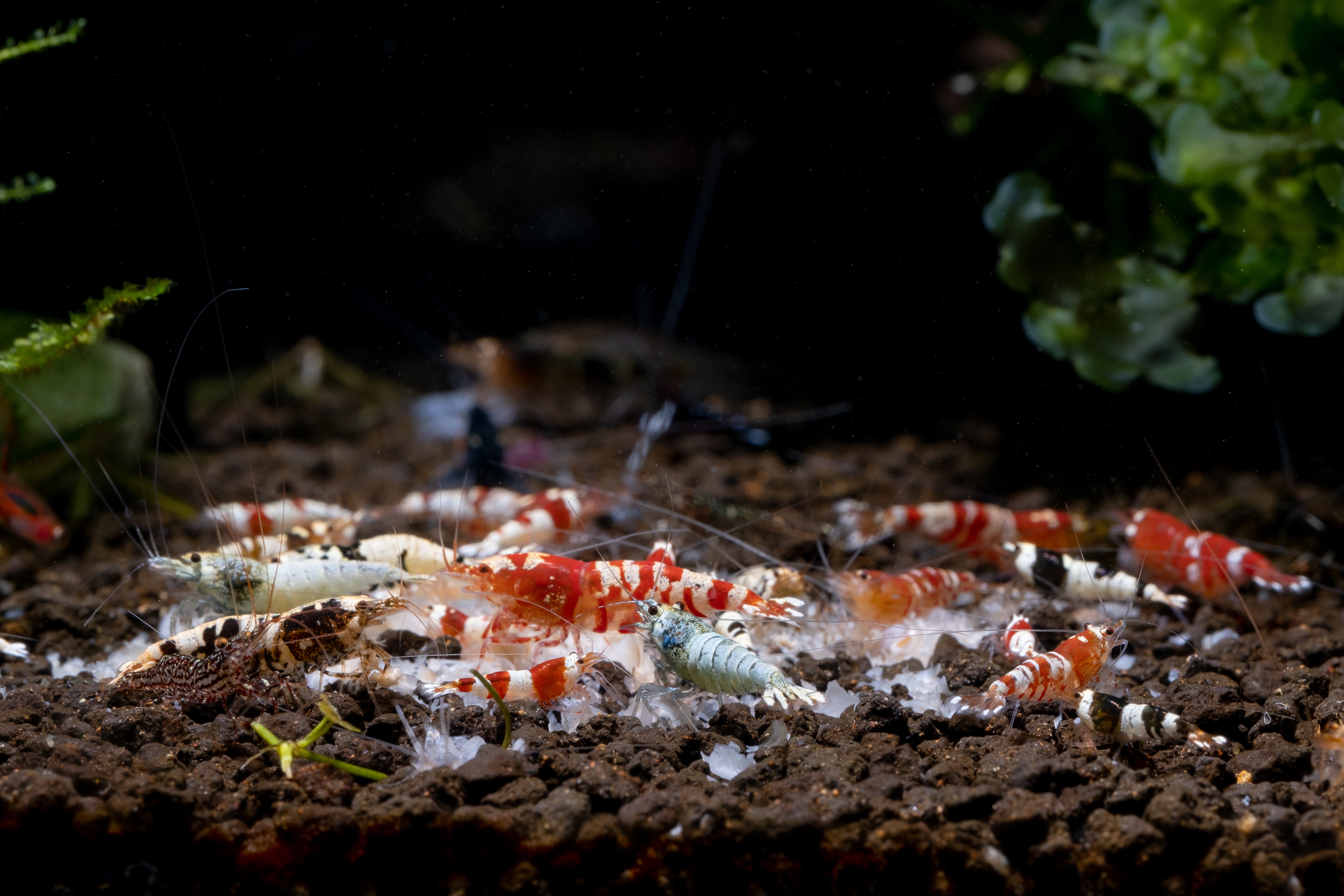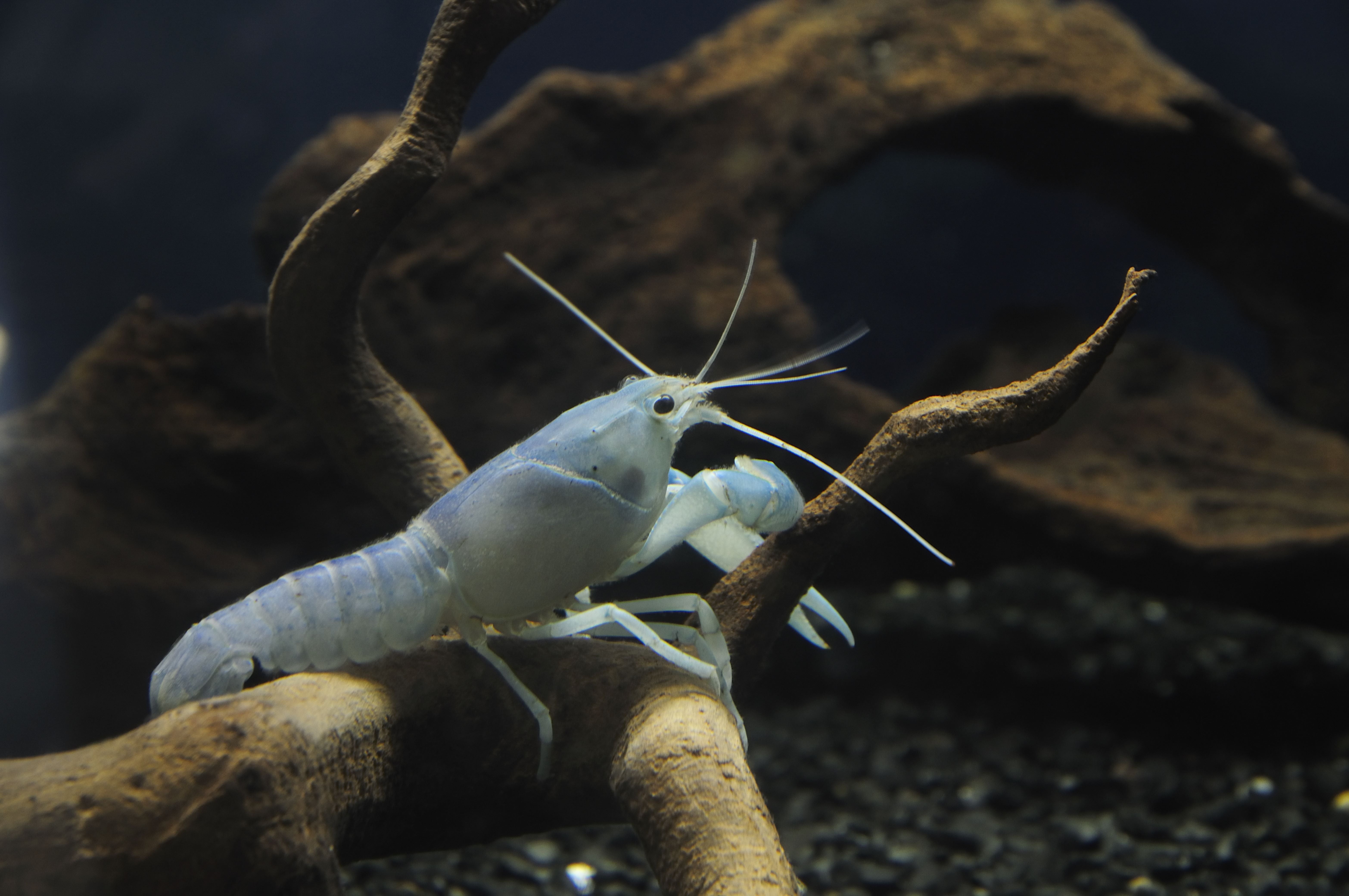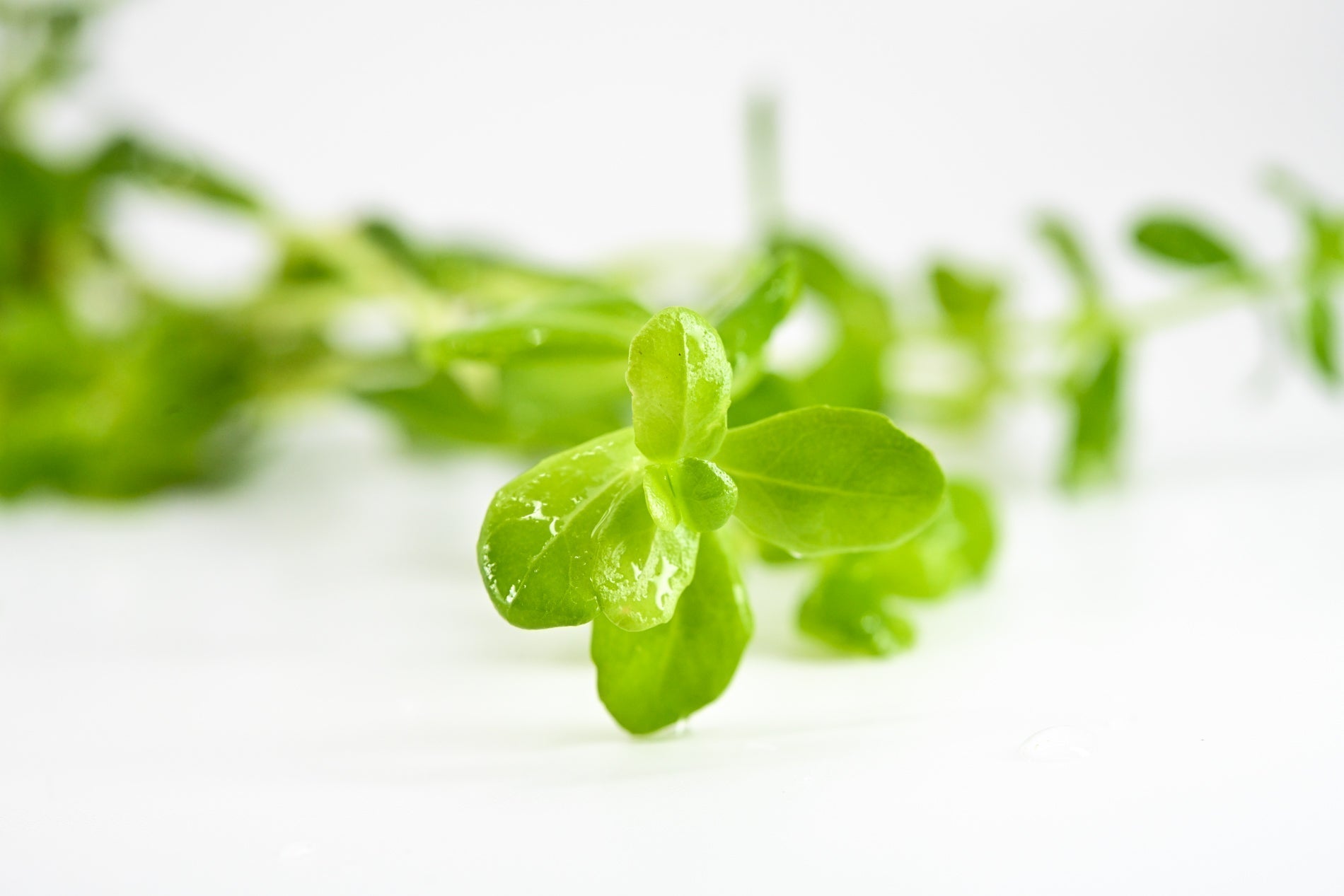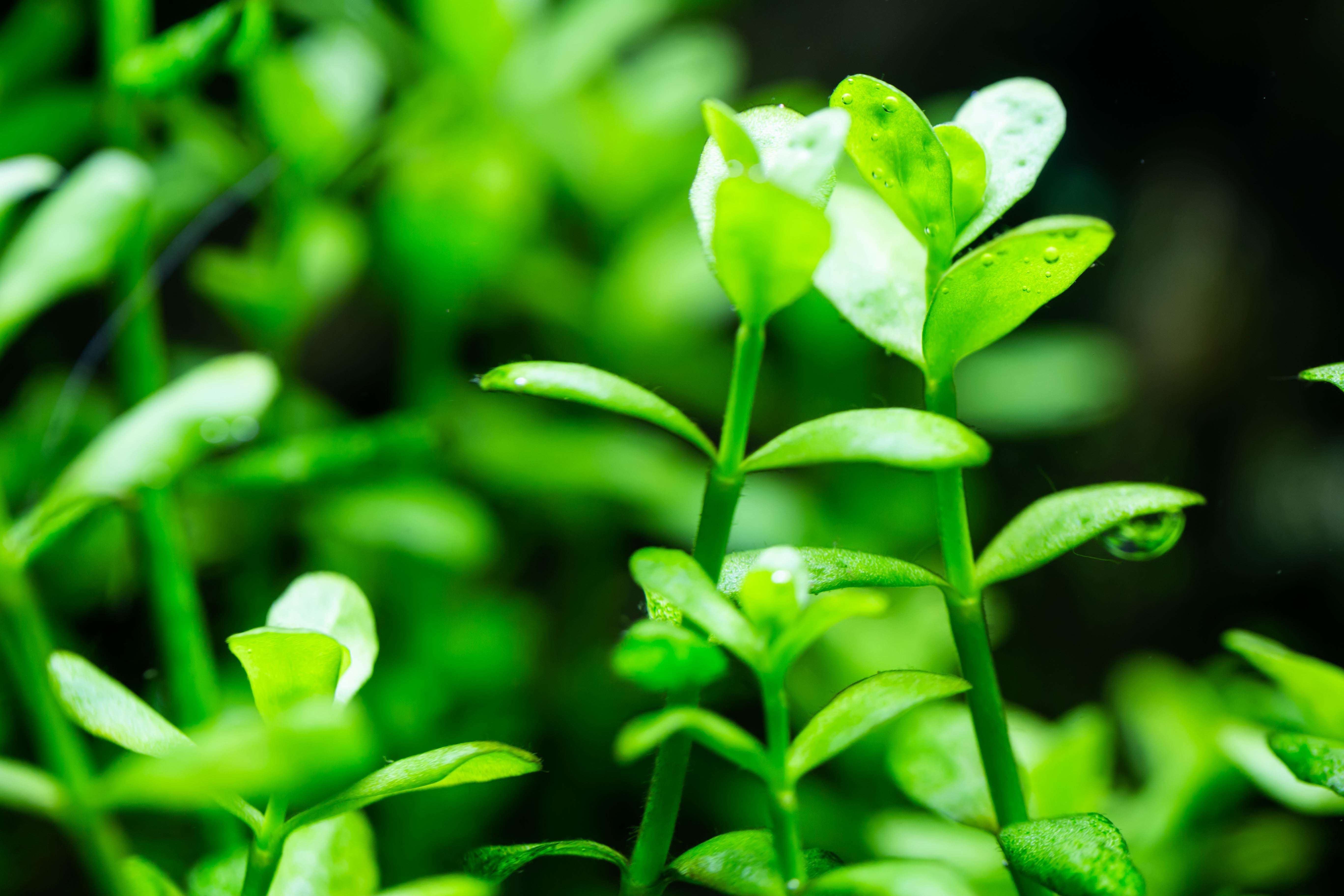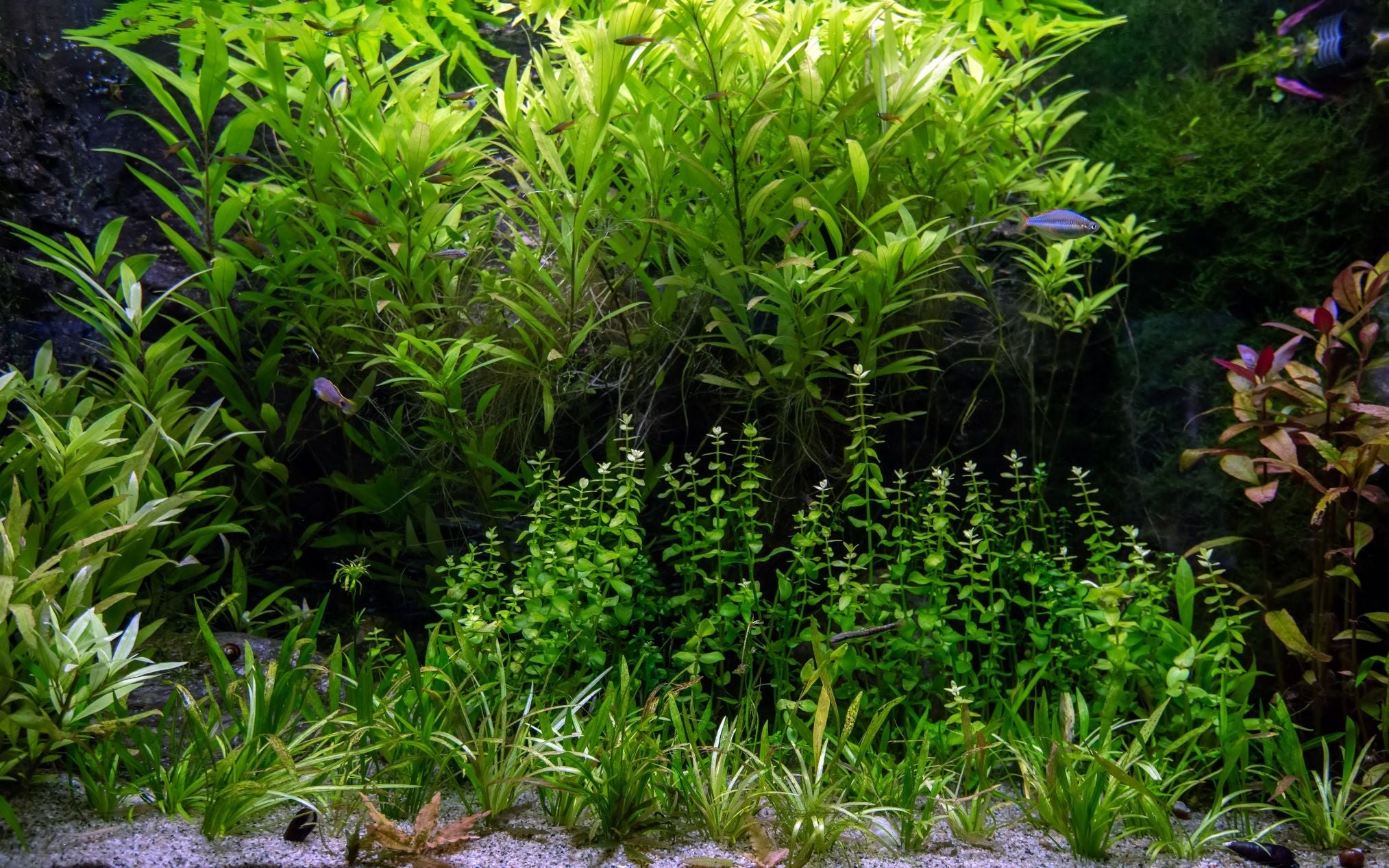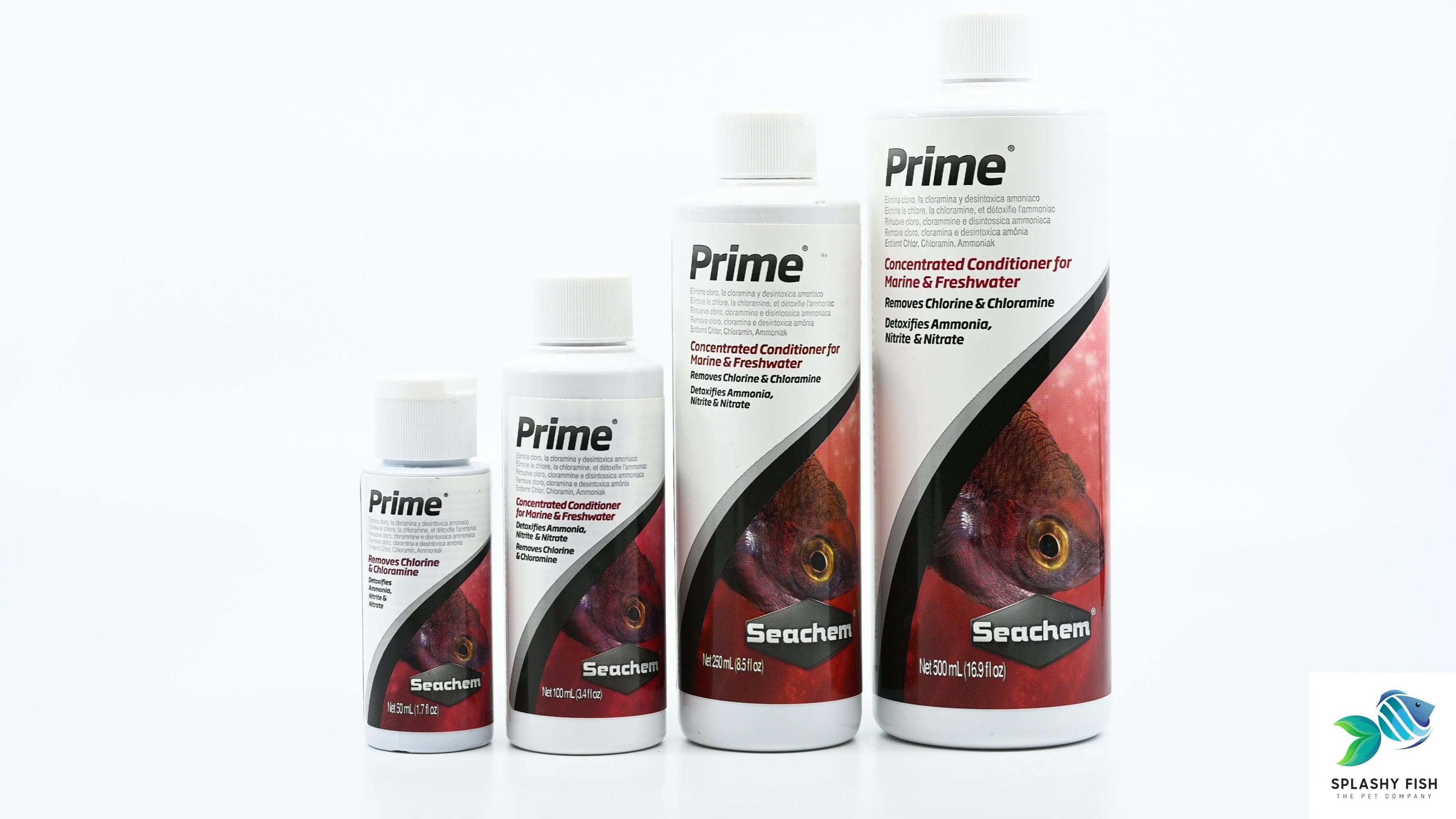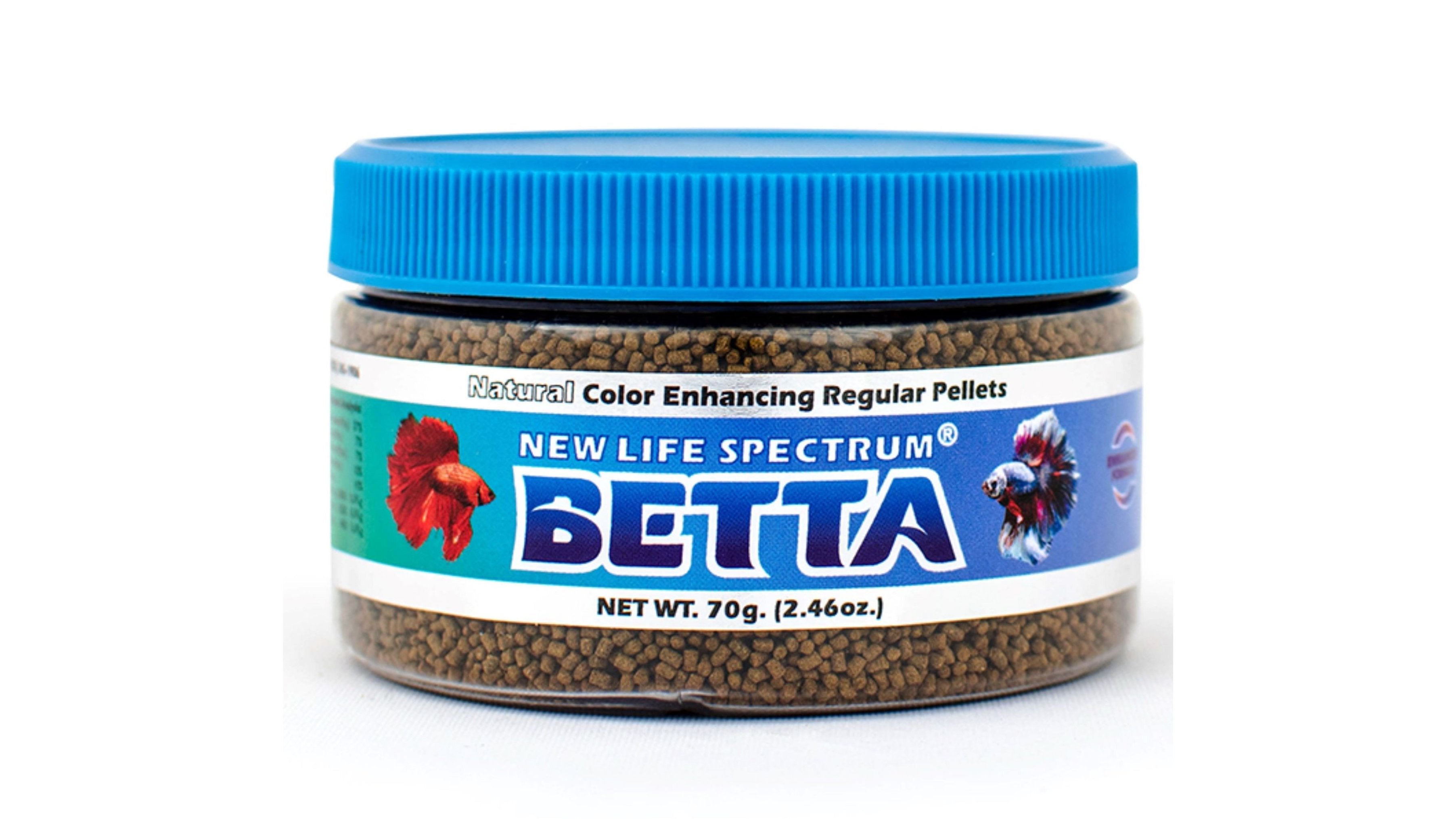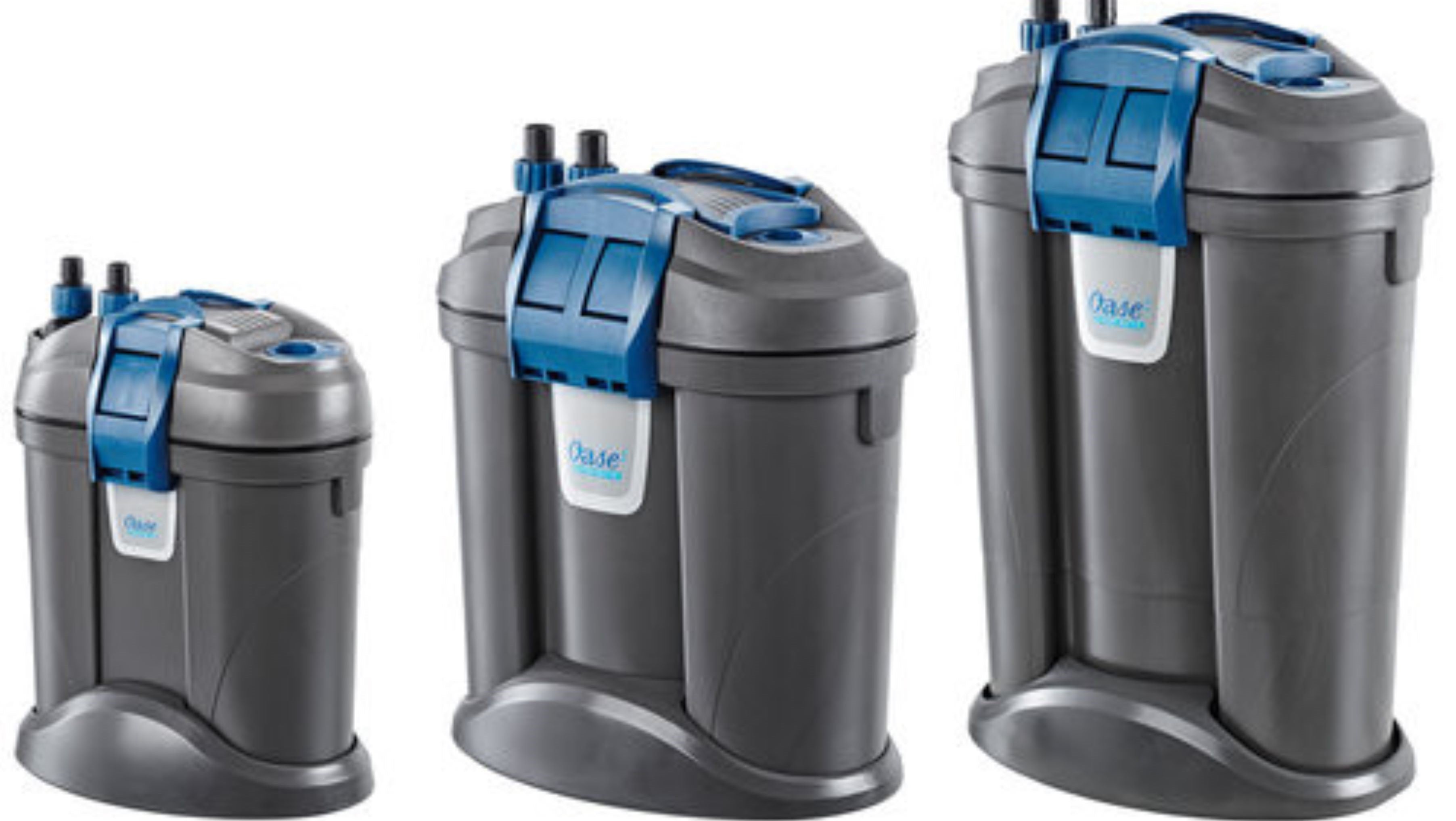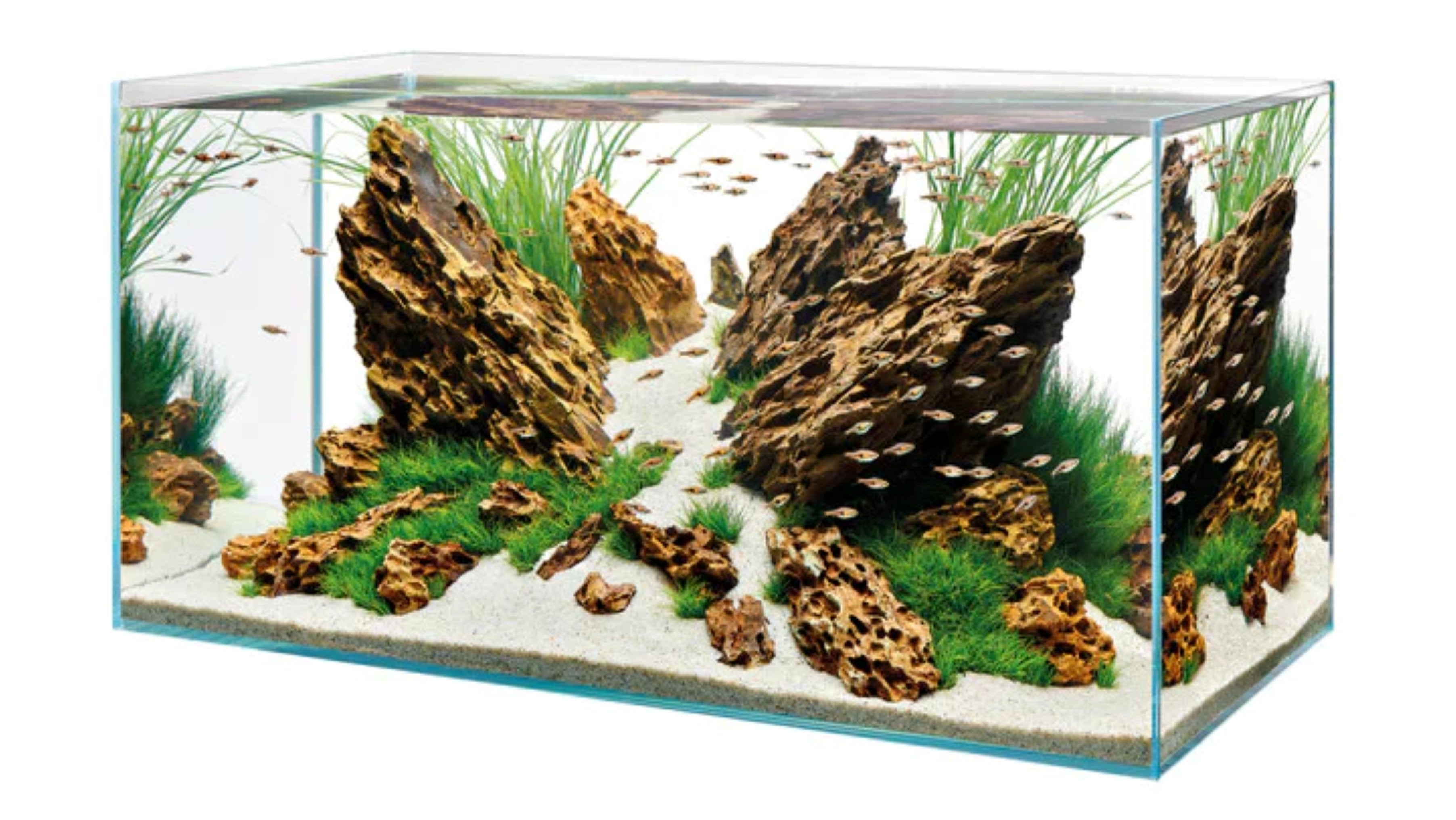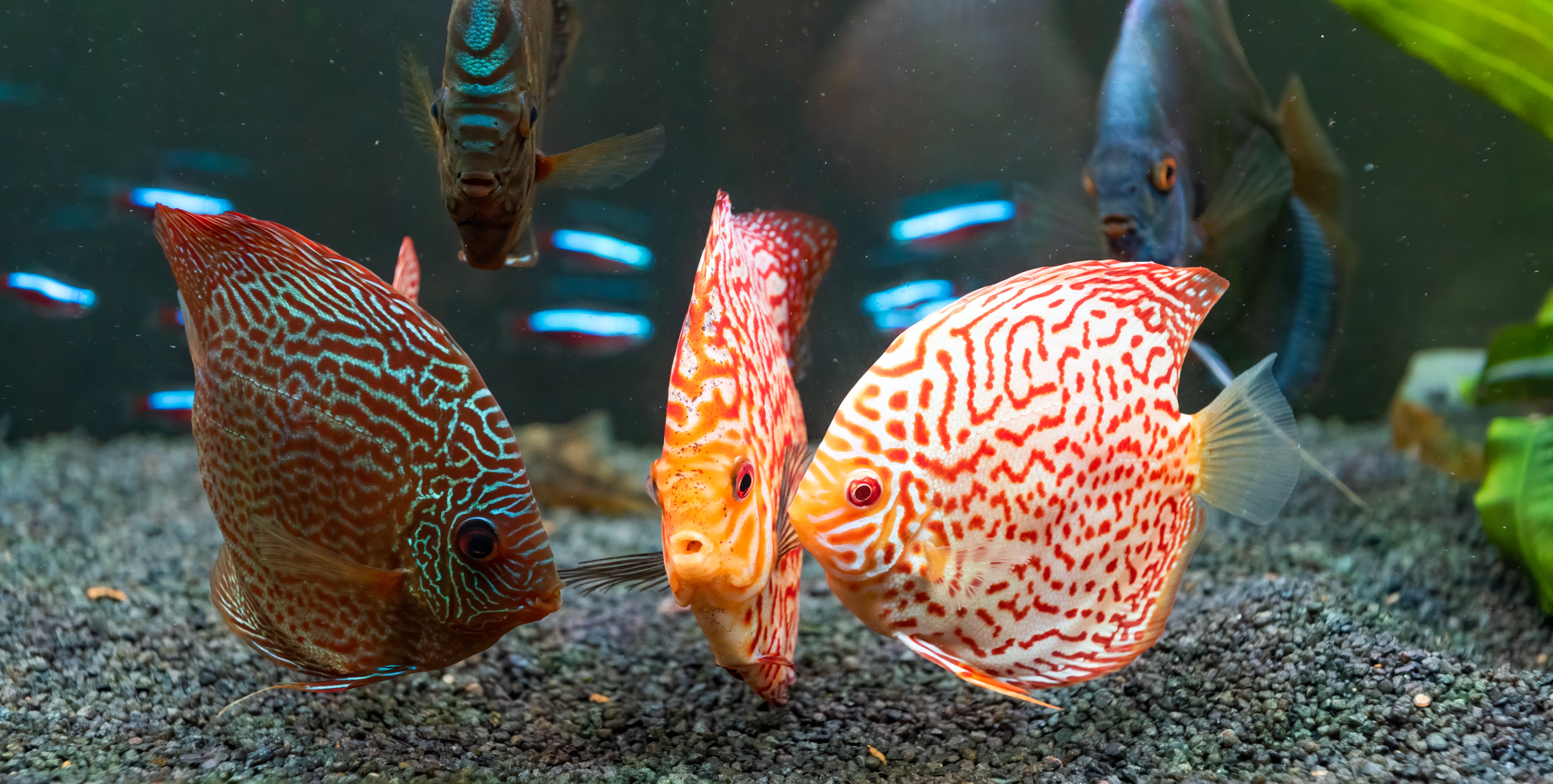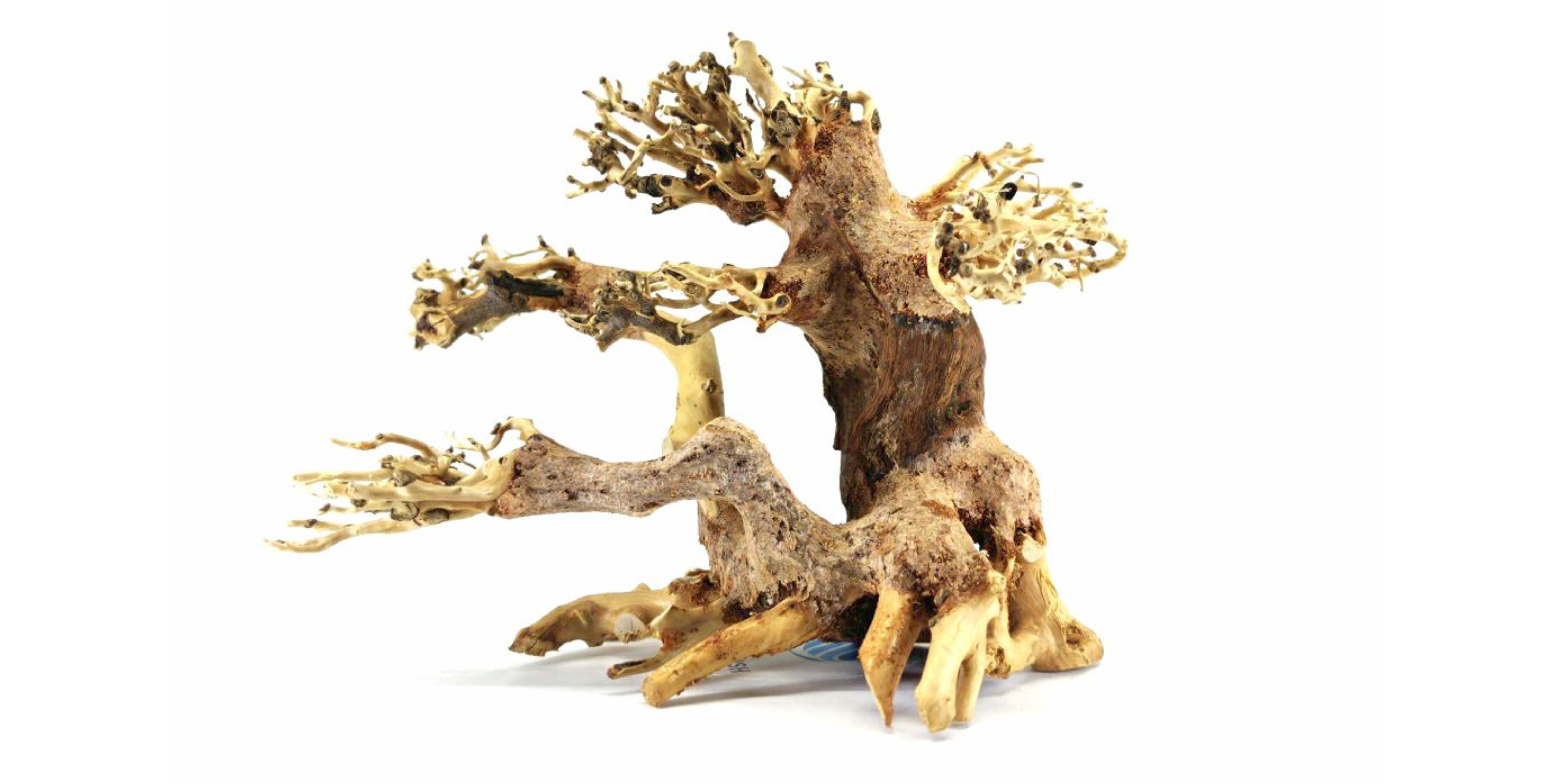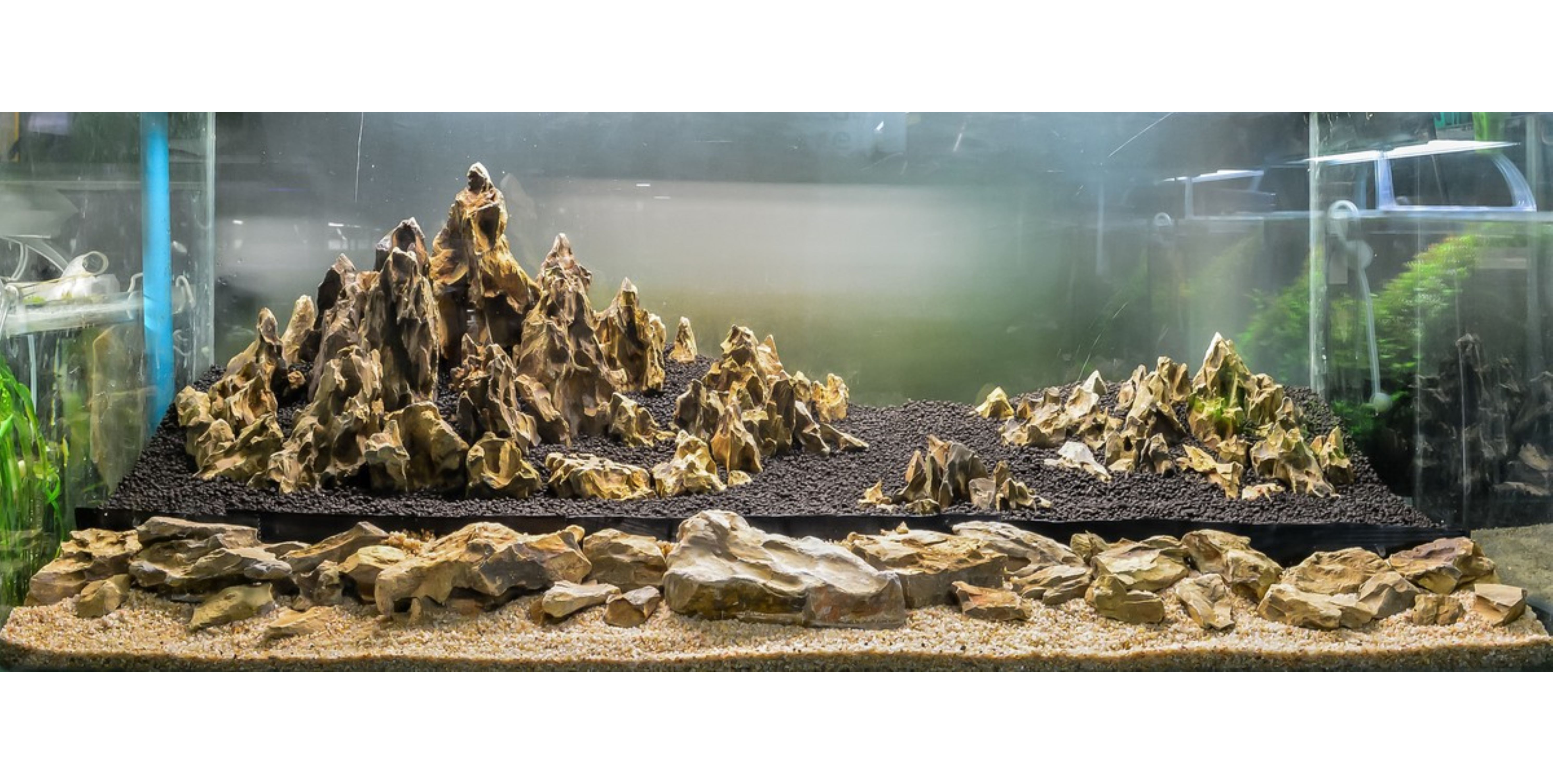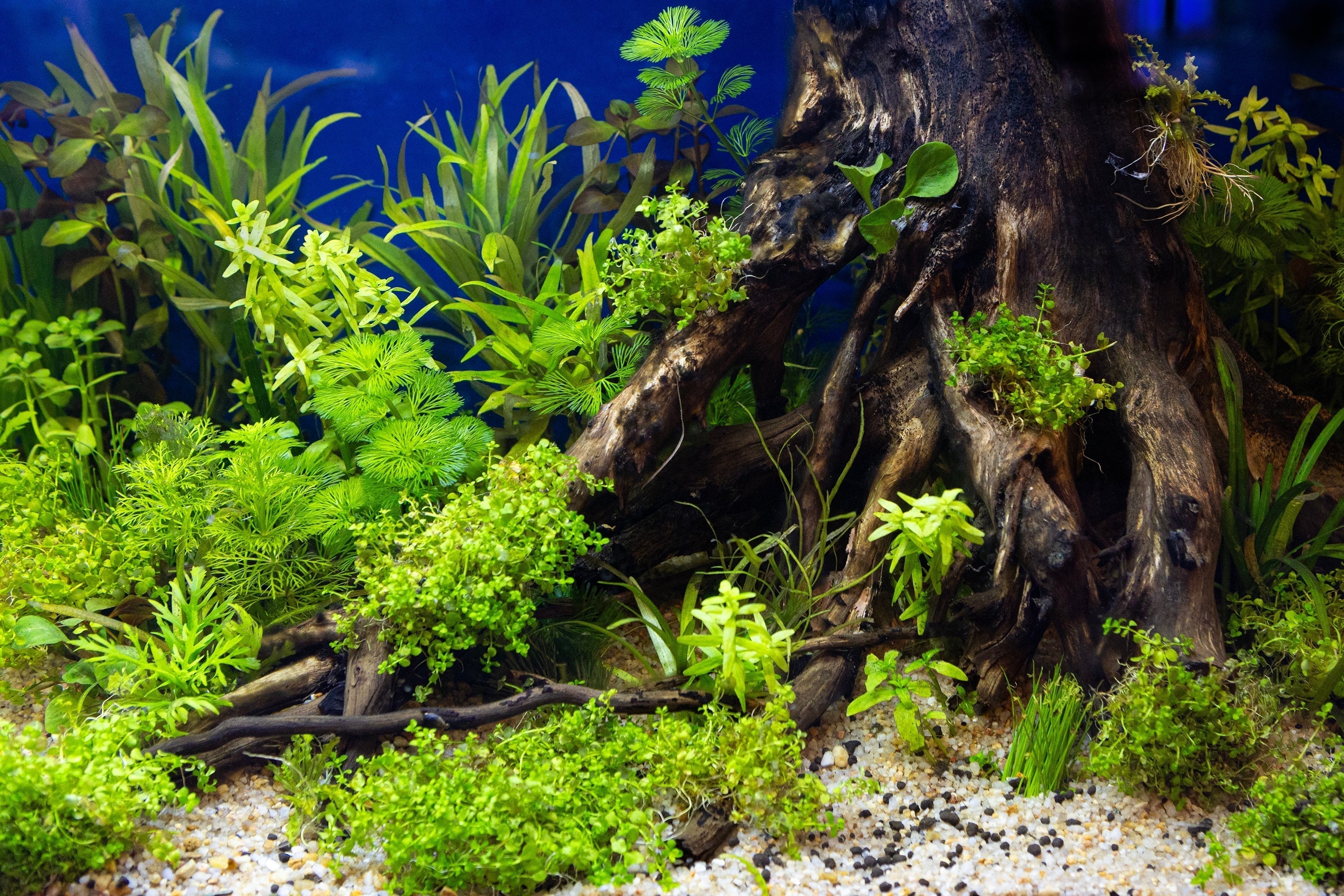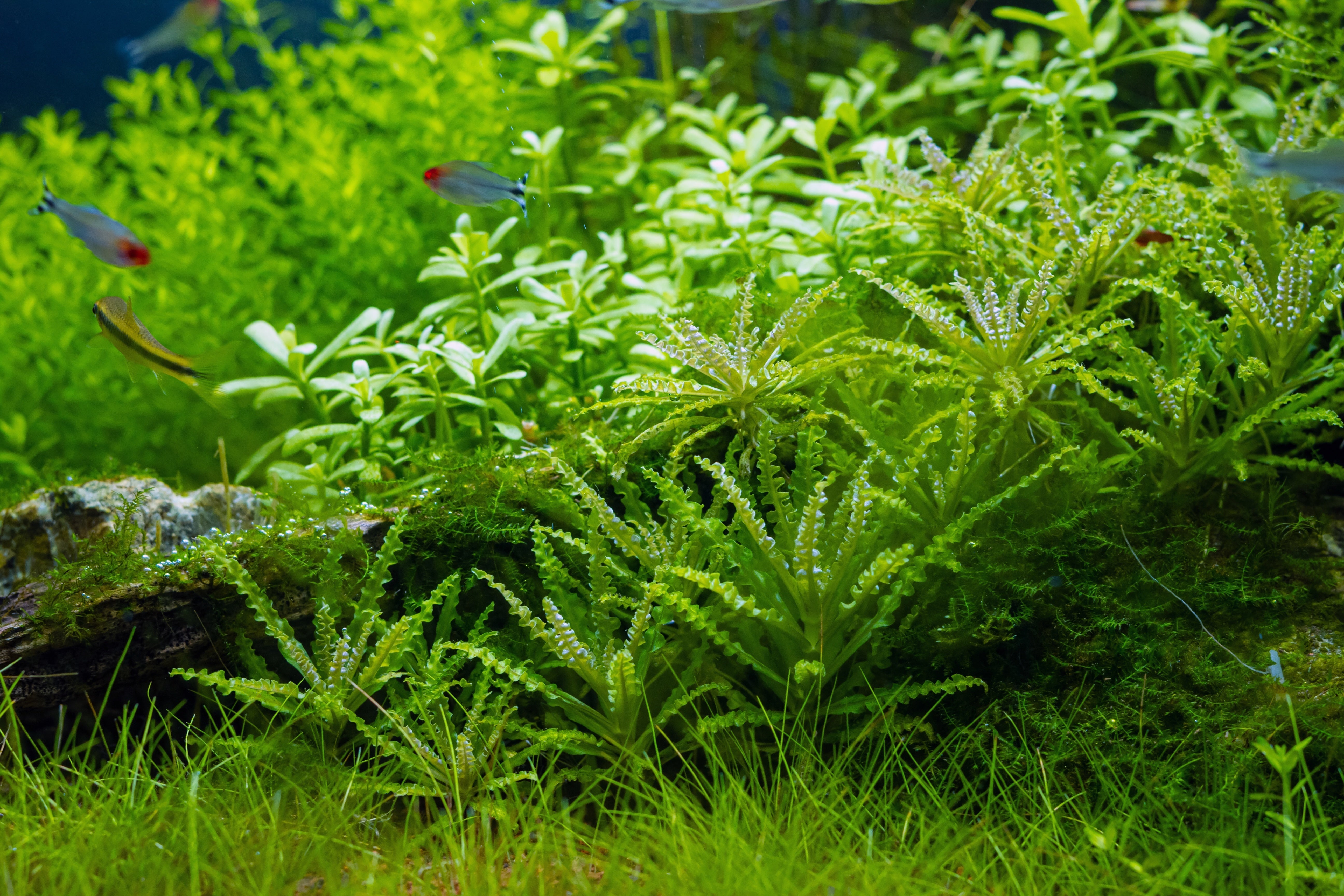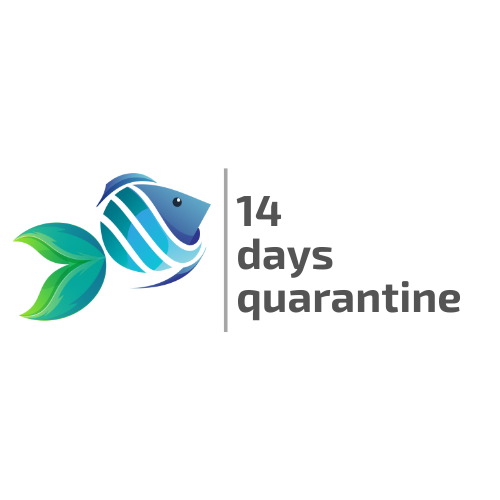Table of Contents
Cryptocoryne plants (“crypts”) have a reputation for thriving quietly in low to medium light, right up until they don’t. Many aquarists plant a new crypt, admire it for a few days, and then watch the leaves turn translucent, brown, or riddled with holes before collapsing. This sudden decline is so common it has a name: crypt melt. The good news is that melt is usually a temporary response to change, not a death sentence. With a little patience and the right setup, most crypts rebound and look better than ever.
What “crypt melt” actually is
Cryptocoryne plants or Crypts (and many other aquatic plants) are extremely sensitive to environmental shifts. When conditions change, such as water chemistry, temperature, lighting, substrate, or even location, the plant prioritizes survival by reabsorbing the nutrients in its existing leaves. Those resources are redirected into new roots and new leaves that are adapted to the current environment. To the hobbyist, it looks like the plant is dying; biologically, it’s a reset.
A second factor magnifies this behavior in newly purchased plants. Many commercial growers raise Crypts emersed (leaves in air, roots in water) because access to atmospheric CO₂ and free airflow produces thick, broad leaves quickly and keeps algae and pests at bay. Once planted submerged at home, those emersed leaves are inefficient underwater and are usually shed. Over the next few weeks, the plant pushes out thinner, underwater leaves that match your tank’s light, CO₂, and nutrients.
New crypt melting? Do this first
Start by confirming the plant is installed correctly. Crypts are rosette plants: bury the roots but keep the crown (where leaves emerge) above the substrate so it doesn’t suffocate. Choose a calm spot with low to medium light and avoid moving the plant once it’s in place. If the crypt arrived in a pot with rock wool, remove the basket, tease away the wool, and rinse off debris. Crypts are root feeders, so place root tabs near (not on) the roots in inert substrates; in nutrient-rich soils, wait two to three weeks before adding more nutrition.
As leaves begin to deteriorate, trim melting foliage at the base to prevent ammonia spikes and reduce fuel for algae. Keep the photoperiod consistent (6–8 hours for a new tank), maintain gentle circulation, and resist the urge to replant or relocate. In most cases, new shoots appear within 2–4 weeks. Once those underwater leaves emerge, maintain steady nutrition, root tabs for the roots, a comprehensive all-in-one liquid fertilizer as needed for the water column, and growth typically stabilizes.

Why are established crypts sometimes melt “out of nowhere”?
Even well-rooted Crypts can shed leaves after months of success. The trigger is almost always a change in conditions, such as a large or unusual water change, a shift in pH/KH/GH, a heater failure or summer heat spike, a significant lighting adjustment, an aggressive pruning session, or a move to a new location within the tank that alters flow and light. CO₂ changes, turning a system on/off, big bubble-rate adjustments, or diffuser cleaning that alters delivery, can also push crypts to reset.
When this happens, the playbook is the same: stabilize everything. Match temperature and parameters during water changes, restore the previous photoperiod and intensity, make small, incremental dosing changes, and avoid further disturbance. Trim decaying leaves, keep the crown exposed, refresh root nutrition, and give the plant several weeks to replace its canopy. While the Crypt is regrowing, consider adding or encouraging fast-growing stems or floating plants to consume excess nutrients and discourage algae.
Melt vs. deficiency vs. grazing: how to tell the difference
Crypt melt
Leaves turn soft and translucent from the base, then disintegrate. Multiple leaves go at once, often after a known change or new planting. Roots and crown usually remain firm and pale to tan.
Nutrient deficiencies
Tissue stays intact but changes color or texture. Potassium often shows as pinholes with yellow rims; nitrogen appears as overall paling, especially in older leaves; iron presents as chlorosis in new growth. Address with balanced dosing (root + liquid) rather than relocating the plant.
Grazing/damage
Ragged edges or patchy bites occur on already-weak leaves; healthy Crypt leaves are typically ignored by most community fish and snails. If you keep species known to pick (certain Barbs, Goldfish, some Cichlids), provide more bulk greens and hardscape cover.
If the crown turns mushy, black, and foul-smelling, the plant tissue has rotted, and recovery is unlikely. Otherwise, a firm crown with intact roots is worth saving, even if every leaf is gone.
A simple recovery protocol
- Confirm planting: roots buried, crown exposed, no deep shading, low–medium light.
- Trim melt: remove decaying leaves at the base to protect water quality.
- Stabilize routine: steady photoperiod, modest flow, consistent temperature, and parameters.
- Feed the roots: place root tabs near the root zone; supplement the water column with an all-in-one liquid fertilizer if stems or other plants show hunger.
- Hands off: don’t uproot or relocate during recovery; crypts hate being disturbed.
- Watch the timeline: expect shoots in 2–4 weeks; fuller regrowth in 4–8.
- Scale nutrition: as the plant adds leaves, refresh root tabs every 8–12 weeks in inert substrates.
Preventing future meltdowns
Think consistency over perfection. Crypts tolerate a wide range of parameters, but swings are their kryptonite. Match temperature and pH during water changes; avoid big jumps in GH/KH; increase light or CO₂ gradually over days; and keep the plant where it is unless a move is absolutely necessary. Plant new crypts with clean but minimal root trimming, space them so leaves don’t shade the crown, and resist blasting them with high light until they’ve settled. If shipping temperatures were extreme, float the bag to equalize temperature and consider dimming lights for the first week to reduce stress while roots grab hold.
Good conditions for long-term success
Most common Crypts species (e.g., C. wendtii, C. lucens, C. spiralis, C. undulata) are happiest in low to medium light with gentle flow, temperatures around 72–80°F (22–27°C), and stable, moderate hardness. They pair well with nutrient management that favors the roots (tabs/soil) and a modest amount of water-column fertilization for any companion stems or floaters. CO₂ is optional; crypts appreciate it but don’t require it. If you do run CO₂, keep the photoperiod and bubble rate consistent and avoid big adjustments once growth looks good.
When to intervene - and when to wait
Intervene if water quality suffers (ammonia or nitrite present), if the crown shows signs of rot, or if no new growth appears after 6–8 weeks despite stable conditions and root nutrition. In those cases, gently lift the plant, trim any black or mushy tissue, rinse the roots, and replant the healthy crown in fresh substrate. Otherwise, waiting is your best tool. Crypts are slow thinkers; given time, they almost always push new leaves.
Bottom line: crypt melt is normal. It’s the plant’s way of recalibrating to a new set of conditions. Plant correctly, keep things stable, feed the roots, trim what’s melting, and give it time. If the setup is sound, the substrate is nourished, and the routine is consistent, the “bare winter tree” look gives way to a dense, wavy canopy again.
Ready to rebuild that crypt jungle? Explore Splashy Fish’s curated selection of Cryptocoryne species, root tabs, and all-in-one plant fertilizers to set your aquascape up for a smooth recovery.
Cryptocoryne Plants Frequently Asked Questions (FAQs)
Is Cryptocoryne good for an aquarium?
Yes, Cryptocoryne is an excellent aquarium plant, especially for beginners. It’s hardy, low-maintenance, and thrives in low to moderate light conditions. Crypts add natural beauty, grow slowly without frequent trimming, and adapt well to most freshwater setups.
Can Cryptocoryne grow without CO2?
Yes, Cryptocoryne can grow well without CO2 injection, making it an ideal plant for low-tech aquariums. While CO2 can enhance growth, Crypts thrive in natural setups with moderate lighting and nutrient-rich substrate.
Do Cryptocoryne need high light?
No, Cryptocoryne plants do not need high light. They thrive in low to moderate lighting conditions, making them perfect for low-tech aquariums. In fact, intense lighting can lead to algae growth and may damage their delicate leaves.


